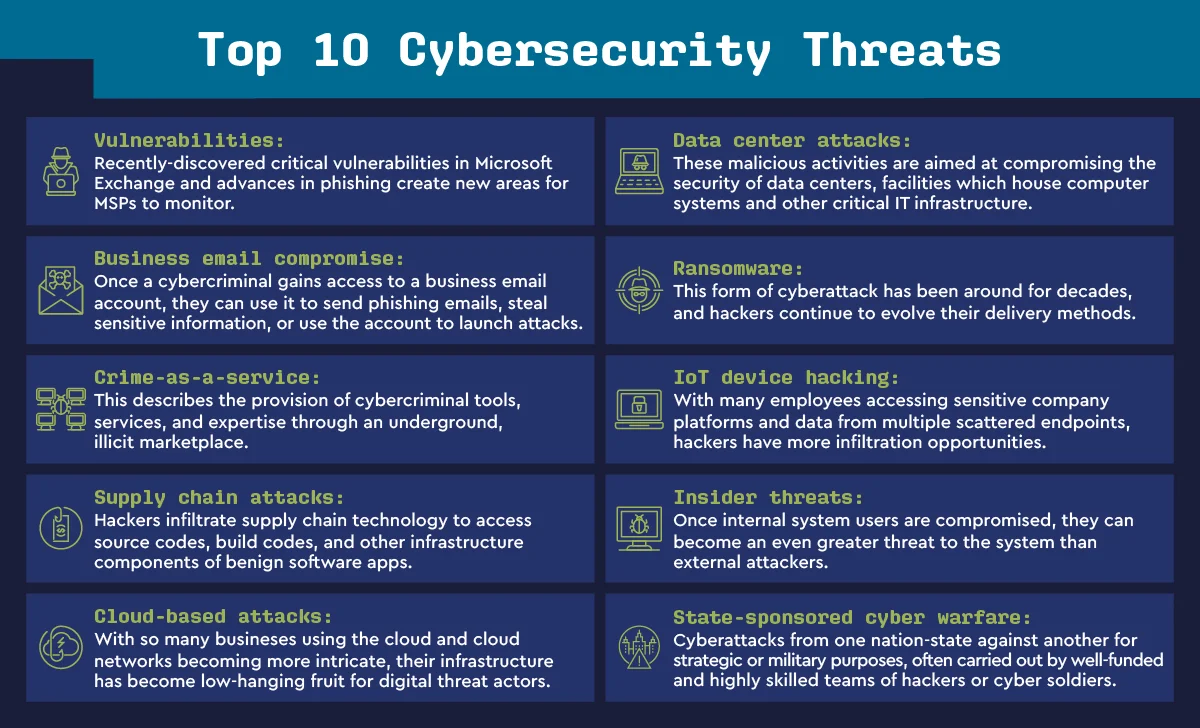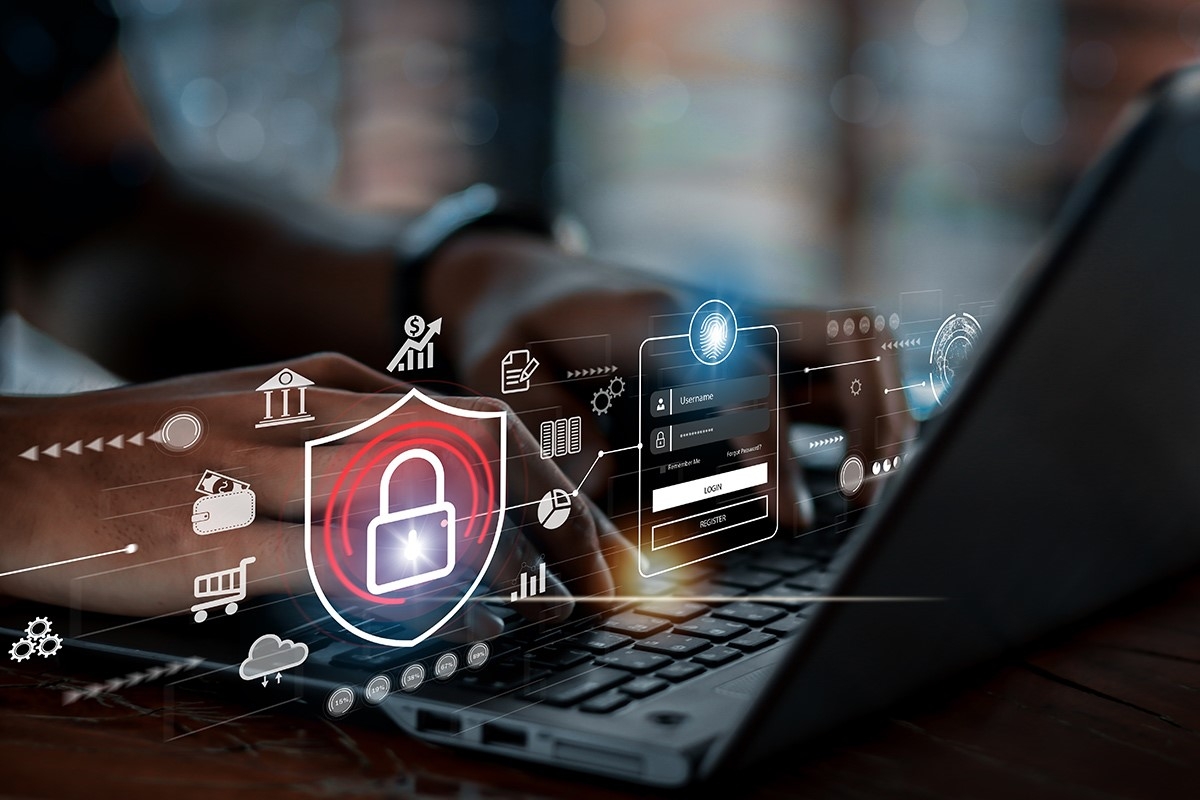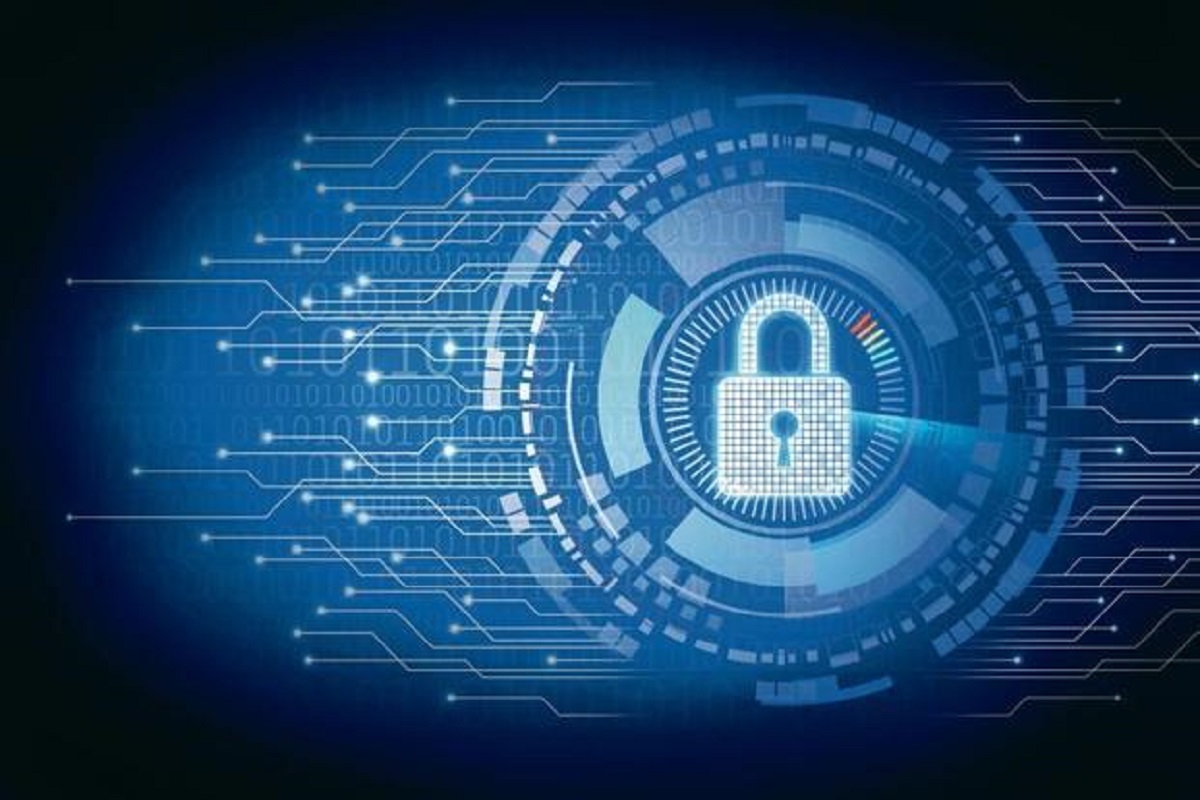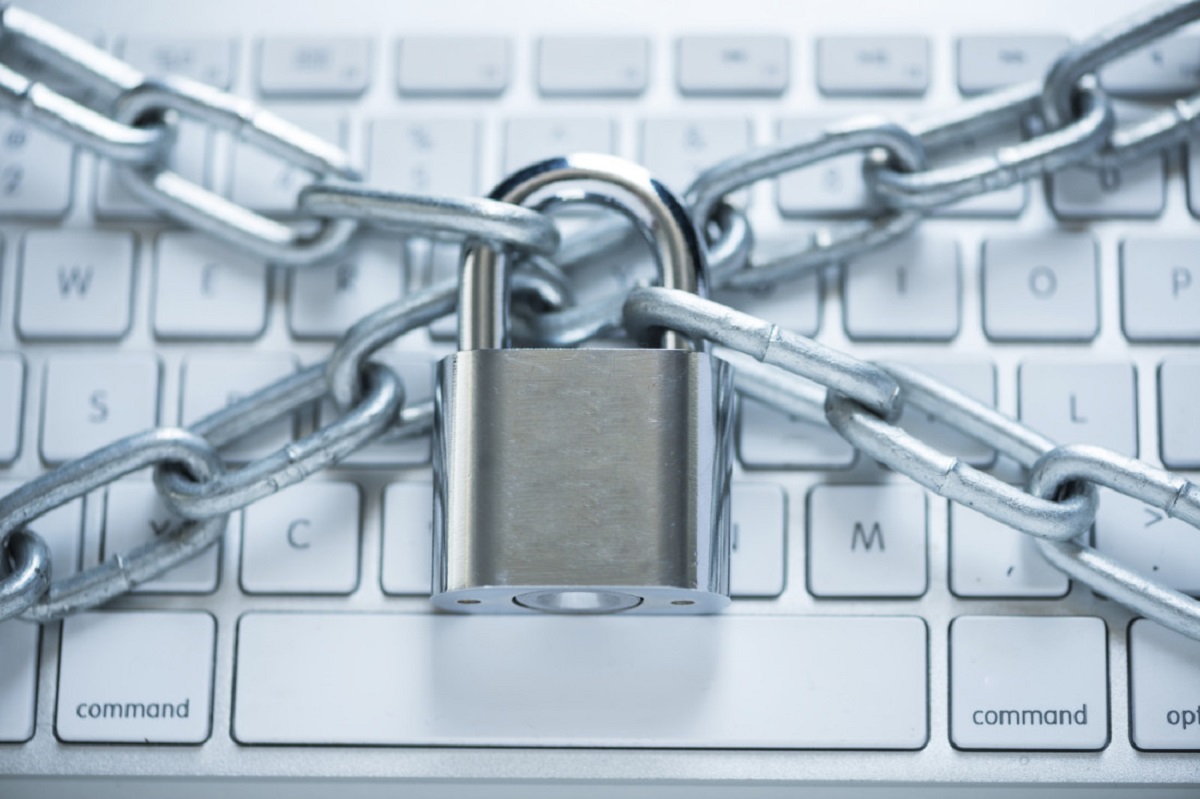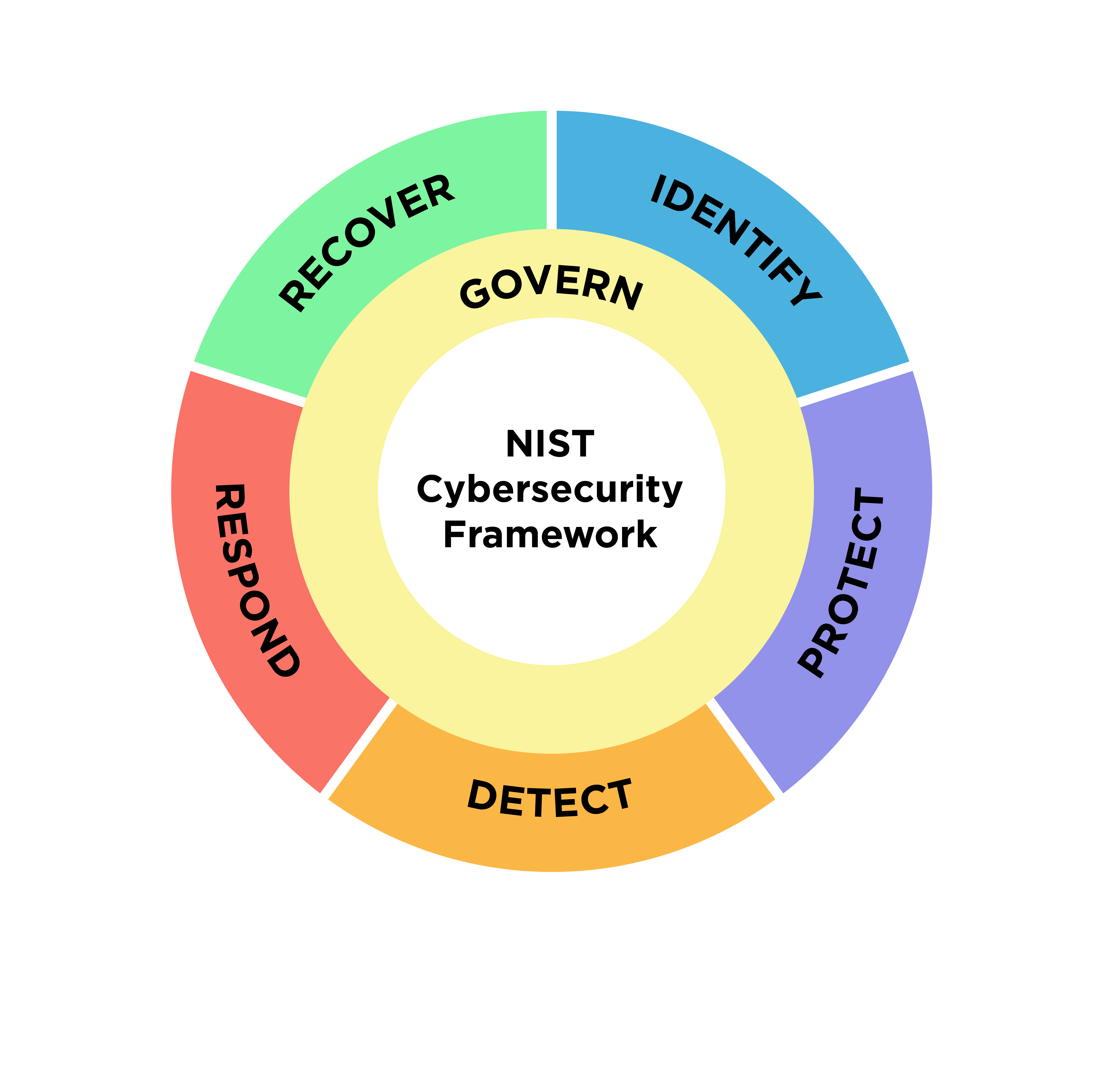Introduction
Cybersecurity threats have become increasingly prevalent in today’s interconnected world. With advancements in technology and the proliferation of digital devices, individuals and organizations are vulnerable to various types of cyberattacks. These threats continue to evolve, requiring constant vigilance and proactive measures to mitigate risks. In this article, we will explore some of the biggest cybersecurity threats that individuals and businesses face today.
Cybercriminals are constantly looking for ways to exploit vulnerabilities in computer systems and networks. Their motivations can range from financial gain to espionage or simply causing disruption. As technology advances, so do the methods employed by hackers, making it crucial for individuals and organizations to stay informed about the latest threats and adopt robust security measures to safeguard their sensitive information and digital assets.
One of the most common cybersecurity threats is phishing attacks. Phishing typically involves sending deceptive emails or messages that mimic reputable organizations in an attempt to trick individuals into revealing their personal information, such as passwords or credit card details. These attacks often rely on psychological manipulation and social engineering techniques to deceive unsuspecting victims.
Another significant threat is ransomware attacks. Ransomware is a type of malicious software that encrypts a victim’s files or locks them out of their own systems until a ransom is paid. These attacks can have devastating consequences for individuals and businesses, resulting in data loss, financial loss, and reputational damage.
Distributed Denial of Service (DDoS) attacks are also a major concern. In a DDoS attack, a network or website is flooded with massive amounts of traffic, overwhelming its servers and causing it to become inaccessible to legitimate users. These attacks are often carried out using botnets, which are networks of compromised computers controlled by a central attacker.
Insider threats pose another significant risk. These threats involve authorized individuals within an organization misusing their access privileges or leaking sensitive information. Insiders can be disgruntled employees seeking revenge, or unwittingly compromised individuals who fall victim to social engineering tactics.
Social engineering attacks are a growing concern as well. These attacks exploit human psychology by manipulating individuals into divulging confidential information or performing actions that compromise security. Examples include phone scams, where fraudsters impersonate trusted entities, and convincing victims to disclose personal information or make financial transactions.
Phishing Attacks
Phishing attacks continue to be one of the most prevalent and effective cybersecurity threats. These attacks typically involve malicious actors sending deceptive emails or messages that appear to be from legitimate sources, such as banks, social media platforms, or online retailers. The aim of phishing attacks is to trick individuals into revealing sensitive information, such as login credentials or financial details.
Phishing attacks rely on various tactics to deceive unsuspecting victims. One common approach is to create emails that mimic the branding and design of reputable organizations. These emails often contain urgent or threatening messages, urging individuals to take immediate action to address a supposed issue with their accounts. The attackers may claim that the individual’s account has been compromised or that there has been unauthorized activity, creating a sense of urgency and panic.
To further enhance their credibility, phishers often include links in their emails that direct recipients to fake websites. These websites are designed to closely resemble the legitimate sites they are imitating, tricking users into entering their login credentials or other sensitive information. Once the information is entered, it is captured by the attackers, who can then use it for malicious purposes, such as identity theft or financial fraud.
Phishing attacks also utilize social engineering techniques to exploit human psychology. By carefully crafting their messages, attackers create a sense of trust and familiarity, leading individuals to lower their guard and willingly provide their personal information. This can include using personalized greetings, mentioning specific details about the recipient’s accounts or recent transactions, or even pretending to be a colleague or friend in need of help.
To protect against phishing attacks, individuals should remain vigilant and employ best practices for email security. Some key measures to take include:
- Verifying the source of emails: Double-check the sender’s email address and be wary of emails from unfamiliar or suspicious addresses.
- Avoiding clicking on suspicious links: Hover over links to check their actual destinations before clicking, and if in doubt, visit the website directly by typing the URL into the browser.
- Implementing robust spam filters and antivirus software: These tools can help detect and block phishing attempts.
- Being cautious with personal information: Be hesitant to provide personal or financial information in response to unsolicited requests.
- Staying informed about common phishing techniques: Familiarize yourself with the latest trends in phishing attacks to recognize potential threats.
By staying vigilant and following these best practices, individuals can significantly reduce their risk of falling victim to phishing attacks and protect their sensitive information from malicious actors.
Ransomware Attacks
Ransomware attacks have become increasingly prevalent and pose a significant threat to individuals and organizations alike. Ransomware is a type of malicious software that encrypts a victim’s files or locks them out of their own systems until a ransom is paid. These attacks can have devastating consequences, resulting in data loss, financial loss, and reputational damage.
Ransomware attacks typically start with the delivery of the malware through phishing emails, malicious attachments, or compromised websites. Once the ransomware infects a system, it quickly encrypts the victim’s files, rendering them inaccessible. The attackers then demand payment, usually in digital currencies like Bitcoin, in exchange for the decryption key needed to regain access to the encrypted files.
Ransomware attacks can have severe consequences for individuals and organizations. For individuals, losing access to personal files can mean losing irreplaceable photos, important documents, or even the ability to use their computers. For businesses, ransomware attacks can lead to significant disruption, financial losses, and damage to the organization’s reputation.
To combat ransomware attacks, it is essential to implement robust cybersecurity measures. Here are some best practices to help mitigate the risk of falling victim to a ransomware attack:
- Regularly back up important files: Create offline backups of critical data and systems to ensure that even if you are affected by ransomware, you can restore your files without paying the ransom.
- Keep your software up to date: Regularly install updates and patches for operating systems and software to address vulnerabilities that ransomware can exploit.
- Use reputable cybersecurity solutions: Implement strong antivirus and anti-malware software to detect and block ransomware threats.
- Exercise caution with email attachments and links: Avoid opening suspicious email attachments or clicking on links from unknown or unverified senders.
- Enable email filtering: Utilize spam filters and email scanning services to detect and block phishing emails that may contain ransomware.
- Educate employees or family members: Train individuals on how to recognize and avoid ransomware threats, emphasizing the importance of not opening suspicious attachments or clicking on unfamiliar links.
By adopting these preventive measures and maintaining a proactive approach to cybersecurity, individuals and organizations can significantly reduce the risk of falling victim to a ransomware attack. Being prepared and having a robust backup strategy in place can help mitigate the impact of an attack and minimize the likelihood of having to pay the ransom.
DDoS Attacks
Distributed Denial of Service (DDoS) attacks pose a significant threat to online services and websites, causing immense disruption and financial losses. In a DDoS attack, a network or website is flooded with a massive amount of traffic, overwhelming its servers and making it inaccessible to legitimate users.
DDoS attacks are typically carried out using networks of compromised computers, known as botnets. These botnets are controlled by a central attacker, who commands them to send a barrage of traffic to the target network or website. The sheer volume of traffic can quickly overwhelm even the most robust servers, effectively shutting down the targeted service.
There are various types of DDoS attacks, including volumetric attacks, which aim to exhaust the network’s bandwidth capacity; protocol attacks, which target specific vulnerabilities in network protocols; and application layer attacks, which exploit weaknesses in web applications to consume server resources.
The consequences of a successful DDoS attack can be severe for businesses. Not only does it result in prolonged downtime, but it can also lead to revenue loss, damage to the organization’s reputation, and potential customer churn. Additionally, organizations may incur additional costs in implementing mitigation measures and upgrading their infrastructure to better withstand future attacks.
To mitigate the risk of DDoS attacks, organizations can implement several preventive measures:
- Use traffic monitoring systems: Deploy systems that can detect traffic spikes or anomalies, enabling proactive identification and mitigation of potential DDoS attacks.
- Utilize DDoS protection services: Consider partnering with a DDoS protection service provider that can provide robust mitigation techniques, such as traffic filtering and load balancing.
- Implement rate limiting and access controls: Apply rate limiting measures to restrict excessive traffic from individual sources and employ access controls to deny or allow traffic based on specific criteria.
- Upgrade network infrastructure: Invest in scalable and resilient network infrastructure that can better handle high-volume traffic and mitigate the impact of DDoS attacks.
- Develop incident response plans: Create and regularly test incident response plans to ensure a timely and effective response in the event of a DDoS attack.
By taking these proactive measures, organizations can reinforce their security defenses and minimize the impact of potential DDoS attacks. It is crucial to remain vigilant and stay updated on emerging DDoS attack techniques to adapt and evolve defenses accordingly.
Insider Threats
While external cyber threats often dominate headlines, insider threats pose a significant risk to the security of organizations. Insider threats refer to the misuse or compromise of sensitive information by individuals who have authorized access to it, such as employees, contractors, or business partners. These threats can result in data breaches, intellectual property theft, financial losses, and reputational damage.
Insider threats can be intentional or unintentional. On one hand, malicious insiders, motivated by personal gain, revenge, or coercion, may intentionally leak sensitive information or sabotage systems. On the other hand, well-meaning employees may unknowingly compromise security through actions such as falling victim to social engineering attacks or inadvertently disclosing confidential information.
Preventing and mitigating insider threats require a multi-faceted approach that involves both technical and organizational measures. Here are some key strategies organizations can employ:
- Implement strong access controls: Ensure that employees only have access to the information and systems necessary to perform their job responsibilities. Regularly review and revoke unnecessary privileges.
- Employ user behavior analytics: Monitor and analyze user’s activities and behaviors to detect any suspicious or abnormal patterns that may indicate potential insider threats.
- Establish clear security policies and procedures: Clearly communicate and enforce security policies, including guidelines for handling sensitive information, accessing systems remotely, and reporting security incidents.
- Provide regular security awareness training: Educate employees on the risks associated with insider threats, including the warning signs and the importance of adhering to security protocols.
- Encourage a culture of security: Foster a work environment that prioritizes security consciousness and encourages employees to report any concerns or suspicious activities without fear of reprisal.
- Implement data loss prevention (DLP) technologies: Utilize DLP tools that can monitor, detect, and prevent the unauthorized transfer or exfiltration of sensitive information.
- Conduct thorough background checks: Perform comprehensive background checks on employees and contractors to identify any potential red flags or security risks before granting access to sensitive information or systems.
It is essential for organizations to strike a balance between trust and security, allowing employees to perform their duties effectively while minimizing the risk of insider threats. By combining technology, policies, and a culture of security awareness, organizations can significantly reduce the likelihood of insider threats, safeguard sensitive data, and protect their overall security posture.
Social Engineering Attacks
Social engineering attacks are a growing concern in the realm of cybersecurity. Unlike traditional cyberattacks that rely on exploiting technical vulnerabilities, social engineering attacks manipulate human psychology to deceive individuals and gain unauthorized access to sensitive information. These attacks can lead to identity theft, financial fraud, and unauthorized access to systems.
Social engineering attacks take advantage of our natural inclination to trust others and our willingness to help. Attackers craft convincing scenarios to trick individuals into divulging confidential information or performing actions that compromise security. Some common social engineering techniques include:
- Phishing: Attackers send fraudulent emails or messages that appear to be from reputable sources, asking recipients to provide sensitive information or click on malicious links.
- Pretexting: Attackers create a false identity or pretext to trick individuals into divulging information or granting access to restricted areas.
- Impersonation: Attackers pose as a trusted individual or entity, such as a colleague, customer service representative, or technical support agent, to gain the target’s trust and persuade them to disclose sensitive information.
- Baiting: Attackers entice individuals with the promise of a reward or the allure of downloading a free software or media, which contains malware or requires the disclosure of personal information.
Mitigating social engineering attacks requires a combination of user awareness, robust security measures, and ongoing education. Here are some best practices to help defend against social engineering attacks:
- Be cautious with sharing personal information: Avoid sharing sensitive information, such as passwords, account details, or personal identification numbers (PINs), unless you are certain of the legitimacy and security of the recipient.
- Verify the authenticity of requests: If you receive a request for sensitive information or an unusual request, independently verify the requestor’s identity through a trusted source before providing any information.
- Exercise caution with links and attachments: Avoid clicking on suspicious links or opening email attachments from unknown senders, as they may contain malware or lead to phishing websites.
- Double-check URLs: Before entering login credentials or personal information on a website, ensure that the URL is correct and starts with “https,” indicating a secure connection.
- Stay updated on common social engineering tactics: Regularly educate yourself about the latest social engineering techniques and tactics to recognize potential threats.
- Report suspicious activities: If you encounter any suspicious emails, phone calls, or requests for information, report them to your organization’s IT department or the appropriate authorities.
By being vigilant, questioning requests for information, and staying informed about social engineering techniques, individuals can better protect themselves and their sensitive information from falling into the hands of social engineers.
Malware Attacks
Malware attacks are a significant cybersecurity threat that can have devastating consequences for individuals and organizations. Malware, a combination of the words “malicious” and “software,” refers to any software designed to harm, exploit, or gain unauthorized access to systems or data. These attacks can result in data breaches, financial losses, and compromise the overall security posture of the target.
Malware can take various forms, including viruses, worms, Trojans, ransomware, and spyware. It is often delivered through email attachments, infected websites, or malicious software downloads. Once installed on a system, malware can perform numerous malicious activities, such as stealing sensitive information, gaining unauthorized access, encrypting files, or spreading to other connected devices or networks.
Malware attacks are constantly evolving, with attackers utilizing advanced techniques to bypass security defenses. Phishing emails, for example, can trick users into downloading and executing malware-infected attachments. Drive-by downloads occur when malware is automatically installed on a victim’s system by visiting a compromised website. Exploiting software vulnerabilities is another common method used by attackers to deliver malware.
To protect against malware attacks, individuals and organizations should follow these best practices:
- Keep software up to date: Regularly install updates and patches for operating systems, applications, and antivirus software to ensure protection against the latest malware threats.
- Use reputable antivirus software: Install and maintain robust antivirus and anti-malware software that can detect and remove malware from your devices.
- Exercise caution with email attachments and downloads: Be wary of opening attachments or downloading files from unknown or untrusted sources, as they may contain malware.
- Enable firewalls: Activate firewalls on your devices and networks to filter out potential malware traffic and block unauthorized access.
- Be cautious of suspicious links: Avoid clicking on suspicious links, especially in emails or on websites, as they may redirect you to malicious sites or initiate a malware download.
- Implement a backup strategy: Regularly back up important files and data to an external storage device or cloud service to mitigate the impact of malware attacks.
- Educate users on safe browsing habits: Train individuals to recognize and avoid common signs of malware attacks, such as misleading pop-ups, unexpected redirects, or unusual system behavior.
To complement these preventive measures, organizations should also establish incident response plans to respond promptly and effectively to malware attacks. These plans should include procedures for isolating infected systems, conducting malware analysis, and restoring services and data from backups.
By adopting a proactive and multi-layered approach to cybersecurity, individuals and organizations can better defend against malware attacks and protect their sensitive information and digital assets from harm.
Internet of Things (IoT) Vulnerabilities
The Internet of Things (IoT) has revolutionized the way we interact with technology, connecting everyday objects to the internet and enabling them to communicate and exchange data. While IoT devices offer convenience and efficiency, they also introduce new cybersecurity vulnerabilities that can be exploited by malicious actors.
IoT vulnerabilities can have serious consequences, ranging from privacy breaches and unauthorized access to critical infrastructure to the potential for large-scale botnet attacks. These vulnerabilities exist due to several factors, including the lack of robust security measures in IoT devices, limited device update capabilities, and the sheer scale and diversity of IoT deployments.
One of the major challenges is that many IoT devices are shipped with default or weak passwords, making them easy targets for attackers. Additionally, the use of outdated or insecure communication protocols can leave devices susceptible to interception and unauthorized control. Furthermore, since IoT devices often collect and transmit sensitive data, there is an increased risk of data breaches and privacy violations.
To mitigate IoT vulnerabilities, it is essential to adopt strong security practices throughout the lifecycle of IoT devices, from development to deployment and ongoing management. Here are key measures individuals and organizations can take:
- Change default login credentials: Immediately change the default username and password of IoT devices to unique, strong, and complex credentials.
- Keep devices up to date: Regularly update IoT device firmware and software to ensure that security patches and updates are applied promptly.
- Use secure communication protocols: Employ secure communication protocols, such as HTTPS or MQTT with encryption, to protect the confidentiality and integrity of data transmitted by IoT devices.
- Segment networks: Isolate IoT devices on separate network segments to reduce the potential impact of a compromise and limit unauthorized access to other critical systems.
- Implement network monitoring: Deploy network monitoring and intrusion detection systems to detect abnormal traffic patterns or unauthorized access attempts targeting IoT devices.
- Consider the privacy implications: Understand and assess the data collection and storage practices of IoT devices to ensure user privacy is protected, and devices comply with applicable data protection regulations.
- Educate users: Provide users with guidelines on secure IoT device usage, such as avoiding connecting devices to unsecured networks and being cautious of suspicious emails or messages that may attempt to exploit vulnerabilities.
Additionally, industry stakeholders must work together to establish and enforce standards and guidelines for IoT security. This involves collaboration between manufacturers, regulators, and cybersecurity experts to address the evolving challenges posed by IoT vulnerabilities and ensure that security is prioritized in the design and production of IoT devices.
By taking proactive security measures, addressing IoT vulnerabilities, and promoting a culture of cybersecurity, individuals and organizations can mitigate the risks associated with IoT devices and harness the immense potential they offer in a secure and resilient manner.
Cloud Security Risks
The widespread adoption of cloud computing has provided organizations with numerous benefits, including scalability, cost efficiency, and enhanced collaboration. However, it has also introduced new security risks that need to be carefully managed. Understanding and addressing these risks is crucial for maintaining the security and integrity of data stored and processed in the cloud.
One of the primary cloud security risks is data breaches. While cloud service providers implement robust security measures, unauthorized access to sensitive data can still occur due to various factors, such as weak credentials, misconfigurations, or insider threats. A data breach can have severe consequences, including financial loss, reputational damage, and non-compliance with data protection regulations.
Another significant risk is the shared responsibility model. In cloud computing, the responsibility for security is shared between the cloud service provider and the customer. While the provider is responsible for the security of the cloud infrastructure, customers must ensure the proper configuration and protection of their applications and data. Failure to understand and fulfill these responsibilities can lead to security gaps and potential vulnerabilities.
Cloud service vulnerabilities are also a concern. Cloud providers may be targeted by cybercriminals seeking to exploit vulnerabilities in their systems or gain unauthorized access to customer data. It is important for organizations to carefully select reputable and well-established cloud service providers that prioritize security and regularly update their infrastructure to protect against emerging threats.
To mitigate cloud security risks, organizations can take several measures:
- Implement strong access controls: Utilize multi-factor authentication, strong passwords, and privileged access management to limit access to sensitive data and systems.
- Encrypt data in transit and at rest: Apply encryption to data being transmitted to and from the cloud, as well as data stored within the cloud, to protect against unauthorized access.
- Regularly audit and monitor activities: Implement logging and monitoring mechanisms to track user activities, detect anomalies, and promptly respond to potential security incidents.
- Conduct due diligence on cloud providers: Perform thorough assessments of potential cloud service providers’ security capabilities, adherence to compliance standards, and incident response procedures.
- Educate employees on cloud security best practices: Train employees on the safe and secure use of cloud services, including proper handling of data, recognition of phishing attempts, and understanding of shared responsibility.
- Implement data backup and recovery strategies: Regularly back up critical data stored in the cloud and establish robust disaster recovery plans to ensure business continuity in the event of a breach or data loss.
By implementing these measures and regularly reassessing their cloud security posture, organizations can mitigate the risks associated with cloud computing and ensure the confidentiality, integrity, and availability of their data in the cloud.
Mobile Device Security Risks
With the proliferation of smartphones and tablets, mobile devices have become an integral part of our daily lives. However, their increased usage also exposes individuals and organizations to various security risks. Mobile device security is crucial for protecting sensitive data, preventing unauthorized access, and mitigating the potential consequences of a security breach.
One of the significant risks is the loss or theft of mobile devices. When a device falls into the wrong hands, sensitive information such as contacts, emails, and stored passwords can be compromised. Additionally, mobile devices connected to corporate networks may provide an entry point for attackers to gain unauthorized access to sensitive business data.
Another common risk is mobile malware. Malicious apps, often disguised as legitimate applications, can infect mobile devices and compromise their security. Mobile malware can steal personal information, track users’ activities, or even take control of the device. The fragmentation of the Android operating system and the availability of unofficial app stores make these devices particularly vulnerable to malware attacks.
Mobile phishing attacks are also prevalent. Attackers masquerade as legitimate entities, such as banks or popular apps, to trick users into divulging sensitive information or clicking on malicious links. Mobile users are often more susceptible to these attacks due to the smaller screen sizes and the sense of urgency created by mobile notifications.
To mitigate mobile device security risks, individuals and organizations should prioritize the following practices:
- Enable strong device authentication: Utilize biometric authentication (such as fingerprint or facial recognition) alongside strong passcodes or PINs to prevent unauthorized access to the device.
- Keep devices and apps up to date: Regularly update the operating system and applications on mobile devices to ensure any known security vulnerabilities are patched.
- Download apps from official app stores: Only download apps from trusted sources such as Google Play Store or Apple App Store. Be cautious of third-party app stores, as they may contain malicious apps.
- Exercise caution with public Wi-Fi networks: Avoid connecting to unsecured public Wi-Fi networks, as they may expose mobile devices to eavesdropping and other security risks. Use a virtual private network (VPN) when connecting to public Wi-Fi to encrypt data transmission.
- Install reputable mobile security software: Utilize reputable mobile security apps that offer functions such as malware detection, web protection, and remote data wiping in case of device loss or theft.
- Be wary of suspicious messages and links: Avoid clicking on links in text messages or emails from unknown sources and be cautious of unexpected app permissions or requests for personal information.
- Backup mobile data regularly: Regularly back up important data stored on mobile devices to an external source or a secure cloud storage service to prevent complete loss in case of theft or damage.
By implementing these security practices, individuals and organizations can enhance the security of their mobile devices and reduce the risk of data breaches, unauthorized access, and other mobile-related security incidents.
Conclusion
In today’s interconnected world, cybersecurity has become a critical concern for individuals and organizations alike. The technological advancements that have brought us unparalleled convenience and efficiency have also opened doors to various cybersecurity threats. It is essential to stay informed about the latest cybersecurity risks and take proactive measures to protect ourselves and our digital assets.
Phishing attacks continue to be a significant threat, targeting individuals through deceptive emails and messages. Ransomware attacks can have devastating consequences, encrypting files and demanding ransom for their release. DDoS attacks can disrupt online services by overwhelming servers with traffic. Insider threats exploit authorized access to compromise sensitive data. Social engineering attacks manipulate human psychology to deceive and exploit individuals. Malware attacks can infiltrate systems and compromise security. IoT vulnerabilities introduce new risks to connected devices. Cloud security risks require shared responsibility and thoughtful management. Mobile device security risks highlight the need for robust protection measures.
To mitigate these threats, individuals and organizations must prioritize cybersecurity practices. Regularly updating software, implementing strong access controls, and educating users about potential risks are essential preventive measures. Employing reputable antivirus and security solutions, maintaining strong passwords, and backing up critical data are also crucial steps in safeguarding against cyber threats. Additionally, staying informed about emerging threats and evolving security technologies is necessary to adapt to the ever-changing cybersecurity landscape.
By adopting a proactive and holistic approach to cybersecurity, we can minimize the risks and protect ourselves from becoming victims of cyberattacks. Building a strong security foundation involves not only implementing technical measures but also fostering a culture of cybersecurity awareness and accountability. By working together, we can navigate the digital landscape safely and confidently, promoting a secure and resilient cyber environment for all.







